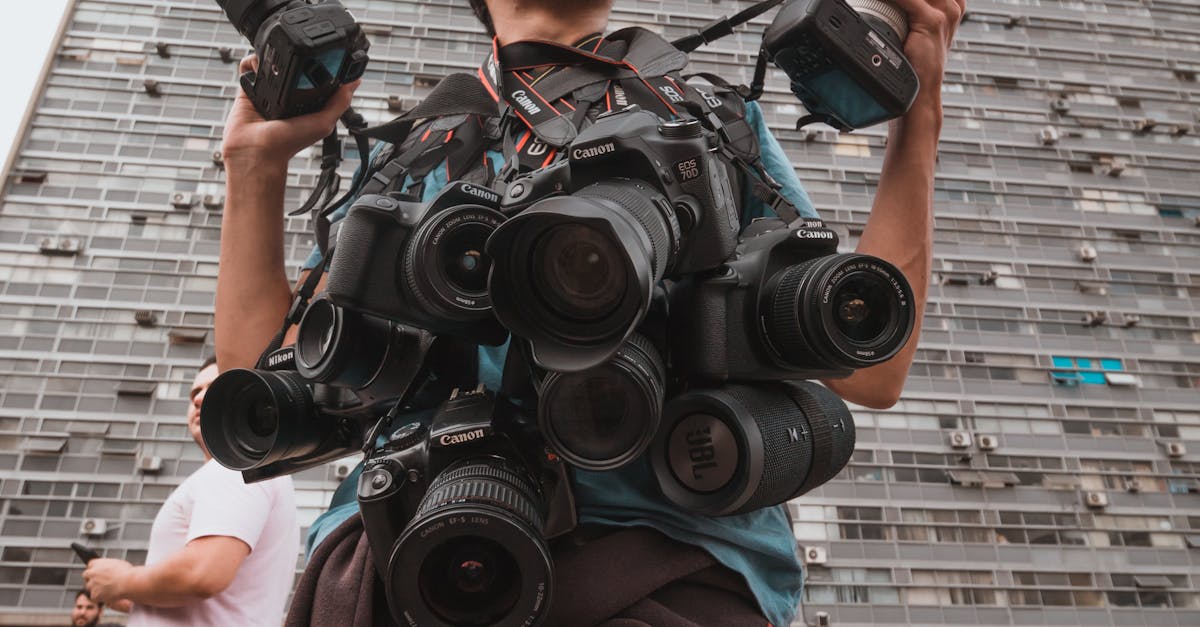
Handling Storage and Retrieval Glitches
Handling storage and retrieval glitches is a crucial aspect of maintaining the functionality of crawler sewer cameras. One common issue that operators may encounter is the camera system failing to save images or videos properly. This can be due to a full storage capacity or a malfunction in the storage drive. To address this, it is recommended to regularly check the storage capacity of the device and ensure that there is sufficient space available for recording data. If the issue persists, formatting the storage drive or replacing it with a new one may be necessary to resolve the glitch.
inaccuracies and maintain the camera's performance.Terms of Use
In addition to recalibrating the distance sensors, inspecting the camera's lens and housing for any obstructions or damage is essential. Debris or dirt on the lens can interfere with accurate measurements, leading to inaccuracies during inspections. Cleaning the lens and ensuring the housing is free from any blockages can help improve the camera's overall performance. Regular maintenance and cleaning routines can contribute to the longevity and accuracy of your crawler sewer camera system.
Recalibrating Camera Distance Sensors
To ensure accurate distance measurements during sewer inspections, it is crucial to periodically recalibrate the camera distance sensors. Over time, the sensors may become misaligned or inaccurate due to various factors such as prolonged use or environmental conditions. Recalibrating the camera distance sensors helps to maintain the precision and reliability of the measurements taken during sewer inspections.